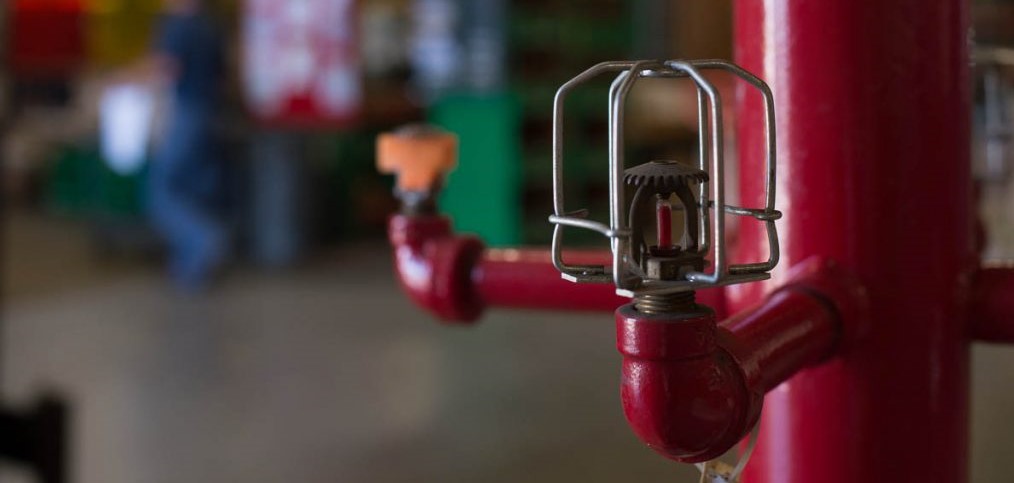
In 2012, the National Fire Protection Association (NFPA) began requiring new fire sprinkler systems containing antifreeze to use a listed antifreeze product. This requirement arose from safety concerns related to improperly mixed and unlisted solutions, which can cause fires to intensify when sprinkler systems activate.
For an antifreeze product to achieve a listing, testing must prove the following:
- The antifreeze will not substantially contribute to the heat release rate of a fire;
- The antifreeze will not contribute to damaging corrosion in metallic systems; and
- At what minimum temperature the antifreeze will work effectively and safely.
The first listed antifreeze product became available in 2018. The NPFA has given building owners until September 30, 2022 to replace the unlisted antifreeze in existing systems with a listed antifreeze or retrofit the system with a different freeze protection method, such as a dry system. Building owners will need to address this issue to be compliant with NFPA standards.
How Do Listed Antifreeze Solutions Help?
- Listed antifreeze solutions do not carry the risk of igniting when discharged. There were multiple documented cases in the early 2000s of antifreeze systems intensifying fires.
- Because listed antifreeze solutions must not cause the corrosion to exceed 1.0 mils/year, it is possible to effectively reduce pipe corrosion by up to 65%.
- Listed antifreeze solutions are proven to remain in a protective liquid state down to the minimum use temperature.
There are multiple listed products that are approved to be used in sprinkler systems. It is important to determine which listed product is appropriate based on factors including system volume, the area being protected, and the low temperature.
Source: https://www.phcppros.com/articles/12576-dont-wait-to-comply-with-new-nfpa-antifreeze-standards
